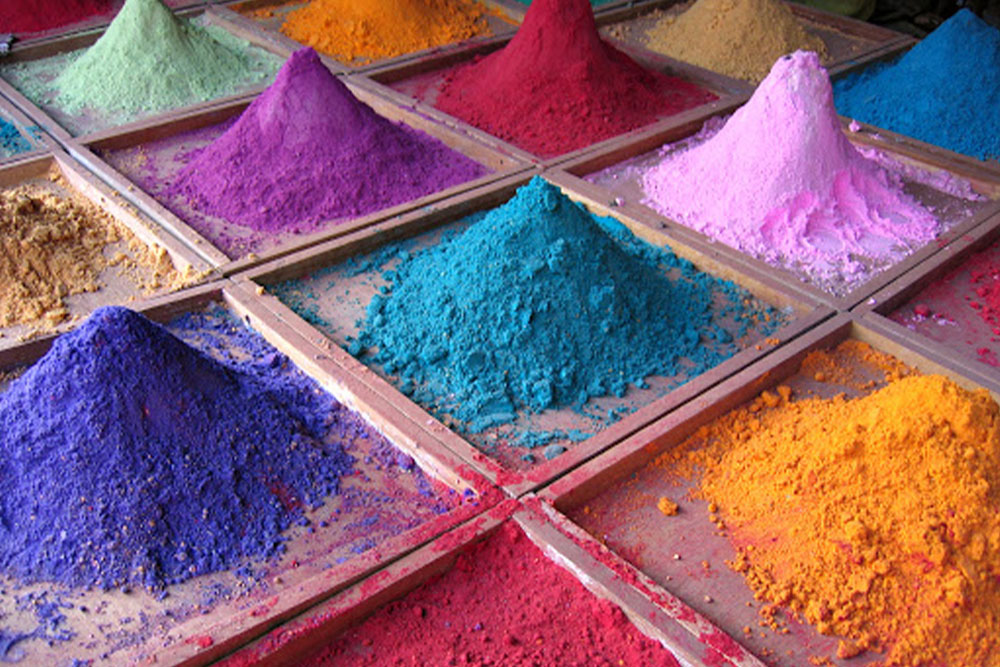Coating used to color or protect an object or objects is called paint.
Paint is suitable for almost all materials. However, paint is most commonly used in construction and coatings. But the same paint is not used on every floor, in every environment. Because the paint has two main distinguishing features as wet and powder coating from a chemical point of view.
Paint Components
Paints consist of four main components. These components are listed as binders, solvents, pigments and other additives.
The use of the binder is of great importance. Because the binder binds the solid fillers in the paint, allowing the paint to dry and adhere to the substance or object it is applied to.
The type and ratio of the binder determines the properties of the paint such as erasability, hardness (applicable only to plastic paint), adhesion, and color durability.
The solvent is used to determine the viscosity of the paint. Due to its volatile nature, it does not contribute to the formation of the film layer. But it performs surface propagation.
Pigments give color and covering properties to the paint. In addition, each substance involved in the paint combines with the film layer, providing physical and chemical properties.
Binders
Binders are liquids that turn from liquid to solid as a result of solvent evaporation and reaction, forming a paint film. Its contribution to paint can be listed as hardness, robustness, gloss, adhesion, resistance to weather conditions, sun rays and chemicals. The binder is the foundation pillar of the paint and names the paint according to its type.
Pigments
There are many pigment parts, such as natural, synthetic, organic, inorganic, uniform round, insoluble dispersed parts (powder). These parts are dispersed in the paint liquid, improving the basic properties of the paint such as opacity, rigidity, durability and corrosion resistance, as well as coloring the paint.
The difference between powders which are pigments and paints is generally examined on the basis of solubility. During use, pigments are considered materials that are insoluble and dispersed in the substance, while paints are considered materials that are soluble or in state of solution.
Types of Pigments
There are many kinds of pigments. These are listed as organic pigments, inorganic pigments, metallic pigments, psoriasis pigments and monomer pigments. In addition, there are pigments such as zinc chromate, zinc phosphate and metallic pigments that qualify as anti-corrosion pigments.
It is also worth mentioning fillers under this heading. These substances are listed as calcite, barite, talc and clay.
Chemical Additives
The substances that will be mentioned under this heading are actually chemicals that have very different properties and put the paint in a very small amount. In addition, additives are used to prevent negativity and improve paint.
Chemical additives are listed as follows; surfactants, wetting agents, dryers, matters, cream cutters, collapse inhibitors, foam cutters, UV protection and optical whiteners.
Solvents
Solvents are the chemical substances that make up the volatile part of the paint. During the manufacture and application of paint (in terms of ease of application), they are considered as thinning liquids without changing the properties of the paint used.
Solvents are considered as toluene, xylene, white sprit, acetone, water, gasoline and thinner.







